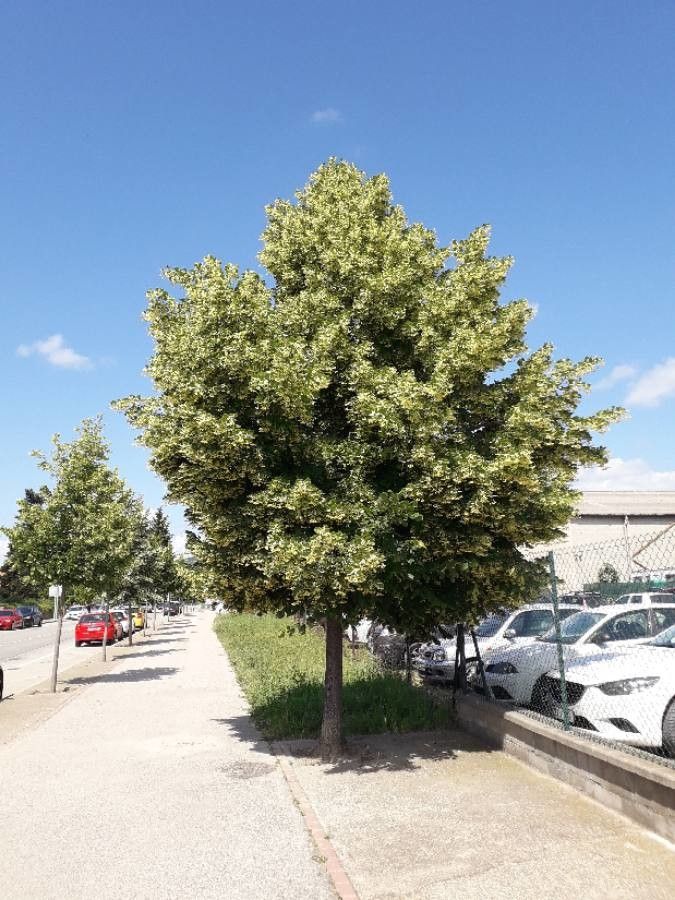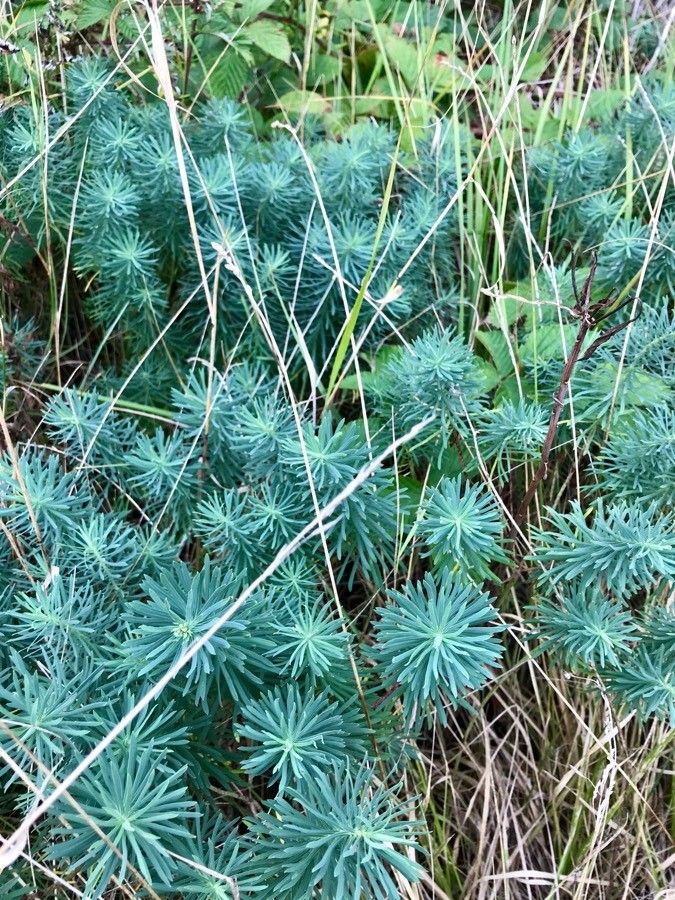## Marsh Pennywort: A Comprehensive Guide
Marsh Pennywort ( *Hydrocotyle vulgaris*), a member of the Araliaceae family, is a charming aquatic or semi-aquatic plant known for its distinctive round leaves and creeping growth habit. This guide provides a complete overview of its characteristics, habitat preferences, and cultivation techniques, empowering you to successfully grow this captivating plant.
### Identification
Marsh Pennywort is easily recognized by its bright green, kidney-shaped or rounded leaves, typically 1-3 cm in diameter, that grow on long, slender stems. These stems spread outwards, creating a dense mat-like cover across the soil or water surface. The small, inconspicuous white flowers are borne in umbels, clusters of tiny flowers, and are often overlooked. Unlike some similar-looking plants, Marsh Pennywort has a distinct, glossy sheen to its leaves.
### Habitat and Growth
This plant thrives in moist, shady environments. It's frequently found in wetlands, marshes, ponds, and along the edges of streams and rivers. Its ability to tolerate various water levels makes it adaptable to different aquatic and semi-aquatic settings. In some regions, it can become invasive due to its rapid spread through stolons (runners). Understanding its natural habitat helps in replicating ideal growing conditions in a garden setting.
### Sun Exposure and Soil Needs
Marsh Pennywort prefers partial shade to full shade. Direct sunlight can scorch its delicate leaves. The soil should be consistently moist to wet, rich in organic matter, and well-drained. Waterlogged conditions are ideal, but ensure that the soil isn't constantly saturated or prone to drying out.
### Cultivation and Care
Growing Marsh Pennywort successfully involves maintaining consistent moisture levels. Regular watering is essential, especially during dry spells. Adding organic matter to the soil improves its water retention and nutrient content. Propagation is straightforward – you can propagate it via stem cuttings or by dividing established plants.
Controlling its spread can be important, especially if planting in a garden. Regular trimming or containment methods might be necessary to prevent it from becoming overwhelming in smaller spaces. It is essential to research the local regulations on this plant before planting, as it's considered invasive in some areas.
### Uses and Benefits
While not a widely used culinary or medicinal herb, Marsh Pennywort holds ecological importance in aquatic habitats, offering shelter and food for various small creatures. Its attractive appearance also makes it a valuable addition to bog gardens and water features, providing textural interest and a vibrant green hue.
### Potential Problems and Pest Control
Generally, Marsh Pennywort is relatively pest-free and disease-resistant, particularly when grown in its preferred moist conditions. However, monitor for common garden pests and diseases, addressing issues promptly.
### Conclusion
Marsh Pennywort, with its elegant foliage and adaptable nature, offers a unique addition to aquatic and semi-aquatic landscapes. By understanding its specific requirements and employing suitable cultivation techniques, you can successfully integrate this captivating plant into your garden or water feature. Always be mindful of its potential invasive nature and ensure responsible planting practices.
Marsh Pennywort: Complete Guide & Care Tips

Frequently Asked Questions
How to grow Marsh Pennywort in a bog garden?
Plant Marsh Pennywort in a consistently moist, shaded area of your bog garden. Amend the soil with organic matter to improve drainage and water retention. Regularly water the plant, especially during dry periods.
Is Marsh Pennywort invasive? How to control its spread?
Yes, Marsh Pennywort can be invasive in some areas. To control its spread, consider planting it in a contained area such as a pot or a section of your garden with physical barriers. Regular trimming can help manage its growth.


